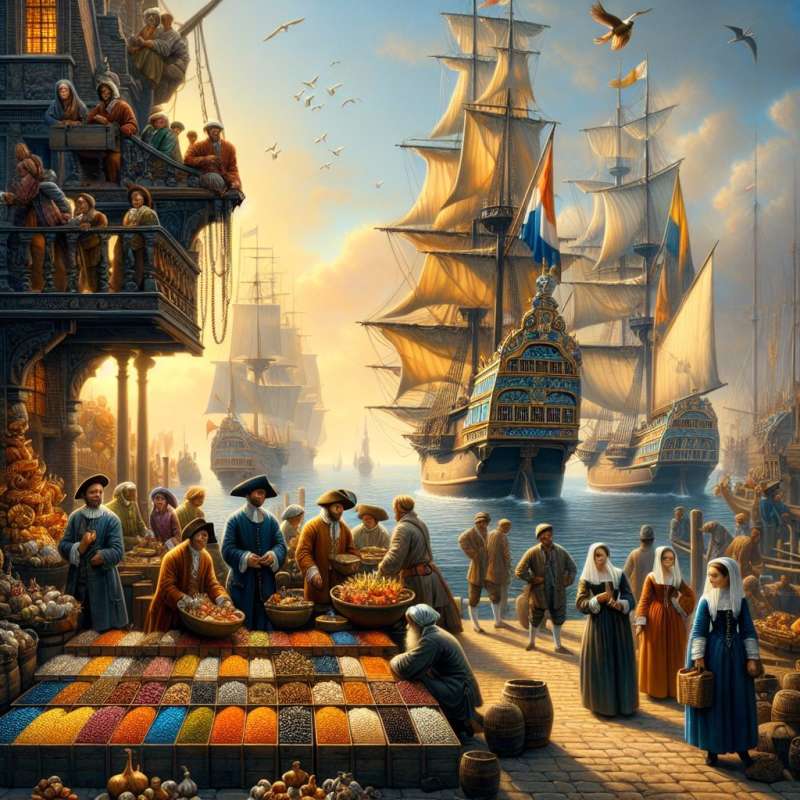
Origins of Spice Trade
The spice trade began over 4,000 years ago. It was initially dominated by the Middle Eastern civilizations, leveraging the overland routes such as the infamous Silk Road to transport goods like cinnamon and pepper.
Venice's Spice Monopoly
By the Middle Ages, Venice had secured a monopoly over the spice trade in Europe, thanks to its strategic location and powerful navy, making it an immensely wealthy city-state.
Spices: Beyond Flavor
Historically, spices were not just culinary assets. They were used for medicine, preservation, and even as currency. Nutmeg, for instance, was worth more than gold by weight in the 16th century.
Portugal's Maritime Route
The Portuguese sailor Vasco da Gama opened the sea route to India in 1498, breaking the Venetian spice trade monopoly and revolutionizing European access to spices.
The Dutch Spice Empire
The Dutch East India Company became a major force in the spice trade in the 17th century, establishing a quasi-monopoly over nutmeg, cloves, and mace by controlling their sources.
Spices Incite Colonization
The lucrative spice trade was a primary motivator for European nations to colonize Southeast Asia and the Indian subcontinent, leading to a significant reshaping of global politics and economics.
Contemporary Spice Trade
Today, the spice trade continues to flourish, with India as the largest producer and exporter. However, the trade operates in a more diversified and globally integrated market than its ancient or medieval predecessors.Cinnamon's Surprising Source
In ancient times, people believed cinnamon came from giant bird nests on mountain cliffs, guarded by fearsome creatures.
When did spice trade begin?
Over 4,000 years ago
During the Middle Ages
16th century
Company